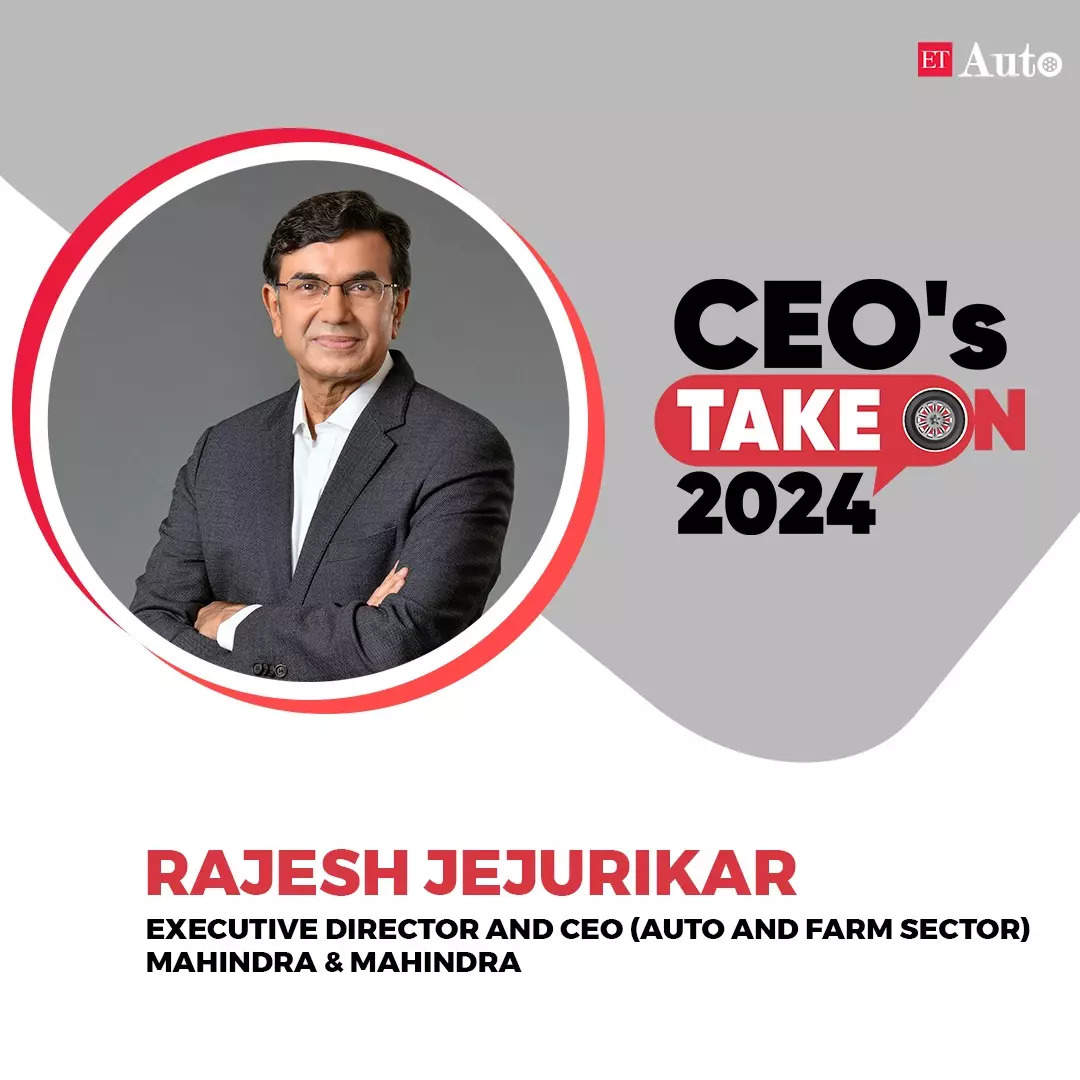
Edited Excerpts:
Q: After two consecutive years of swift growth, what is your outlook for 2024?
We expect the industry to remain dynamic on account of positive macroeconomic outlook in 2024. SIAM’s industry projection for FY25 is 3-4% for Passenger Vehicles (PVs) and 10-12% for Utility Vehicles (UVs). Our Sports Utility Vehicles (SUV) portfolio is expected to grow higher than the industry in mid-to-high teens.
Q: What are the key micro and macro indicators that will play important roles in shaping up the auto industry in 2024?
Indian automotive industry is at the cusp of transformation. There is an increasing shift towards SUVs which now contribute around 60% of the passenger vehicles. Customer aspirations are spurring a demand for connected car solutions and advanced technologies, which would convert vehicles into ‘Software on Wheels’.
Q: What is your view on the rate of adoption of multiple fuel technologies and electric vehicles (EVs) for 2024?
Electrification growth drivers are in place in India. There is an increasing customer pull, conducive policy environment and charging infrastructure is expanding. We will witness an inflection point when the born electric products start coming to the Indian market in a significant manner next year. Other alternative fuel technologies like CNG will cater to a limited set of customers in the PV segment.
Q: What will be the key technologies that will shape the next decade of the mobility industry?
Mobility industry is at an important juncture of time and possibilities. Accelerated shift to electric powertrains, advancement in battery technology and software defined vehicles will shape the next decade of mobility.
Q: Do you think the Indian auto industry has the potential to become a global manufacturing hub and play an important role in the global value chain?
India is today a global powerhouse of automotive software and Engineering Research & Development. Case in point being Mahindra Research Valley, R&D arm of Mahindra Auto and Farm sector, which has been granted around 500 patents in the past 6 quarters. This enormous skill set coupled with government push to make in India is setting the stage for India to play an important role in the global value chain. Over and above this, the domestic Indian market is now large and offers scale thereby providing scale to OEMs for export. The government has also put in place enabling policies like PLI to attract manufacturing investment.
Q: What are the key factors that work in the favour of India and what limitations do we have as a country?
India is well positioned across global macro trends and is expected to add around USD 4.2 trillion to its GDP by 2030. This clearly indicates the growth potential that we have across industries. While the government has rolled out conducive policy initiatives like PLI, FAME schemes, there is an opportunity to have more focused intervention towards charging infrastructure development in India.
Q: What is your vision for 2030 for the automotive industry?
Indian OEMs will emerge as significant global players by 2030. At M&M, we are building world class products today and starting to make in India for the world. We have launched our vehicles in global markets like Australia, South Africa and New Zealand and are accelerating in other key export markets of the UK, Europe and Latin America.

